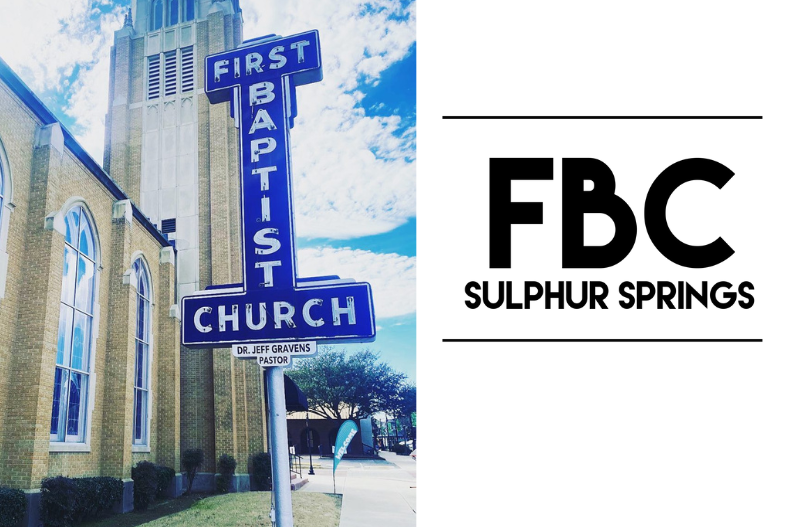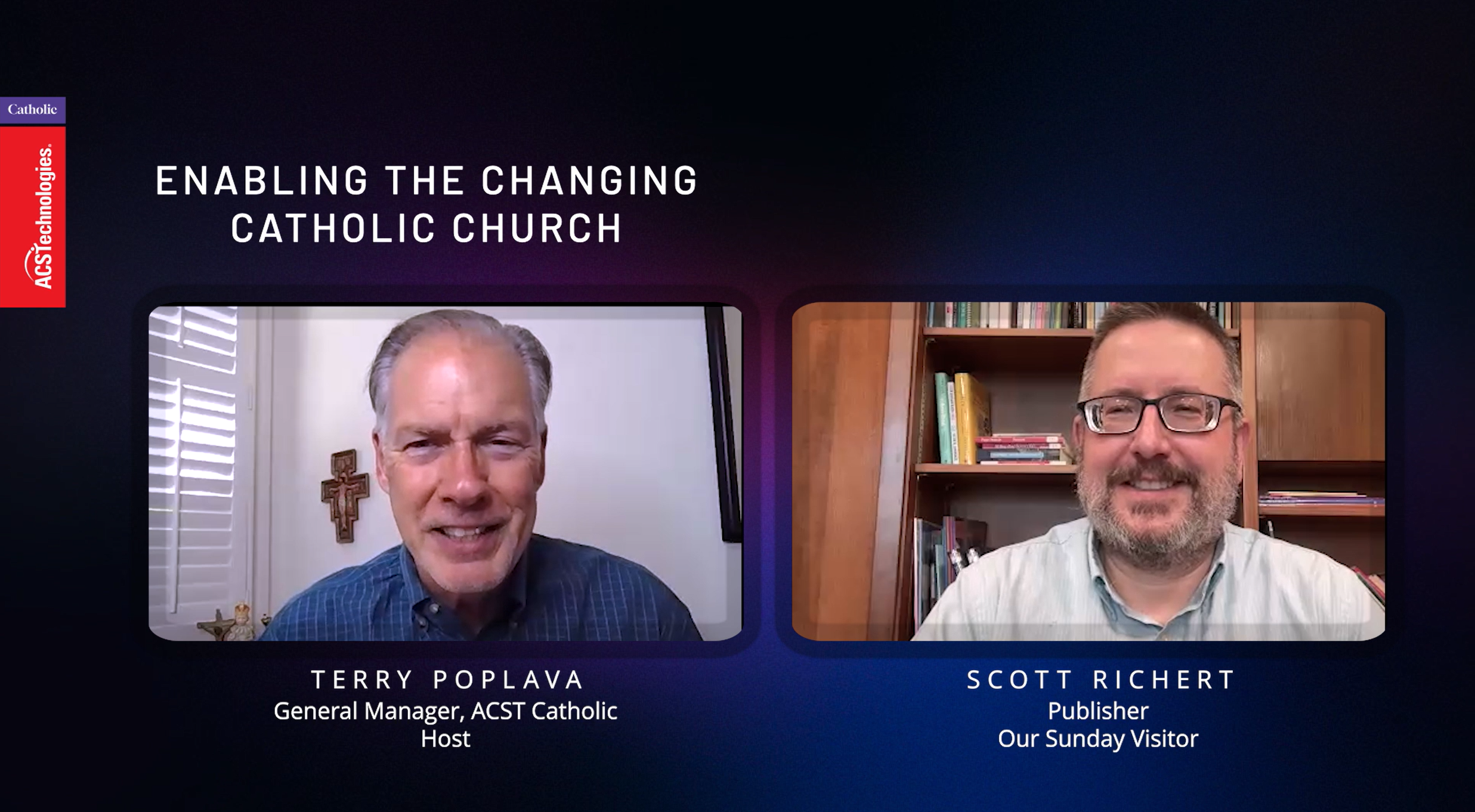A trending topic in our nation is inclusion. This conversation has begun to slowly cross over into our churches as well, particularly regarding individuals with special needs. October is Down Syndrome awareness month and places the spotlight on the 1 in 700 babies born every year with this diagnosis. Churches are becoming more aware of the special needs community and their families and are taking action to bring them into the body of Christ. They are recognizing that is a population of people who have been overlooked.
In the United States alone, 12.6% of the population lives with some kind of disability. Currently, 1 in every 68 children is diagnosed with autism. The families of these children especially need support and community; however, the needs of their children often make it difficult, if not impossible, for them to attend church. Most churches do not feel adequately prepared to include children or adults with disabilities into their Sunday School classes, small groups or even church services! This leaves these families isolated and hurting when they desperately need to be spiritually fed and connected with other believers.
The good news is that it does not take a special program or expensive training to begin moving your church toward inclusion. There are organizations such as Joni and Friends that will provide training and resources to help you begin ministering to individuals with special needs and their families. Often, it simply starts with helping people become more familiar with ways to communicate with families and identifying some of their needs. Many people want to be involved but simply need to be educated on what to do.
The important thing is to start somewhere! Here are 4 simple steps to move your church toward inclusion:
1) Say YES!
Becoming aware of this area of need is the first step, and then saying yes is next. Part of saying yes means becoming more educated about the individuals with special needs in your community. Check with your school district and local Department of Disabilities and Special Needs (DDSN) to learn how many individuals with disabilities live in your city and county and what needs are represented.
2) Be WILLING!
Once you have information, then educate your congregation and your volunteers. Let them know that there is a gap in your faith community. When the body of Christ is not complete, the whole body suffers. You have much to offer an individual with disabilities by serving them through your church, and they have just as much to offer you. Ask any volunteer in a church who has worked with special needs individuals. You will hear story after story of their own life change as a result of building relationships with these beautiful individuals.
3) Make the investment!
Invite an outside organization, such as Joni and Friends or Key Ministry, to come train and equip your volunteers. It will take an investment of time and also the investment of relationship. Families who come with their loved one with special needs may be very hesitant initially to trust your church. Many may come with significant physical and medical needs. It will require some training and an investment of time to get to know these families and what it takes to properly care for their loved one during the length of a church service. Many families have been hurt or turned away when the investment was too much. These families need to know that their loved one matters and they matter. A little bit of training can go a long, long way.
There may be a doctor, nurse or other health professional in your congregation who would be willing to do an afternoon training session to help prepare your volunteers for some of these medical needs. These parents deal with it every day, 24 hours a day. Most of them have no medical background. It was their child or loved one, so they learned what to do. Your volunteers can learn, too, if they are willing. If, as a church body, you are willing to offer the training and opportunity, volunteers will come. And once a handful of special needs families discover that your volunteers are trained and willing to invest in relationships, they will invite other families. The need is so great!
4) Look for the needs!
You may already have families in your congregation who have a child with some kind of disability and struggle to attend because of their needs. It could be a child on the autism spectrum who may need a volunteer to shadow him in the Sunday School classroom. There may be families who have only one parent attend each Sunday while the other stays at home with their child because they think their child’s needs may be too great for one Sunday School teacher to handle. However, if they knew a volunteer could attend to their child as a one-on-one buddy, then they could attend church as a family and sit as a couple in the service together.
As you begin to share the vision for this ministry, you will be amazed at the needs in your own congregation that you simply were not aware of yet. Some churches start by making sure they have enough volunteers to have a one-on-one buddy available for certain children. Some churches offer childcare once a month so parents of special needs children can have a night out. And some churches have Sunday School classes specifically for children with special needs.
There are many ways to begin this type of ministry. The exciting thing is small steps to include and accommodate these individuals who will make a huge impact. Giving a couple with a special needs the joy of uninterrupted hour of worship is honestly game changing. Faith is restored, marriages are strengthened and the Gospel is fleshed out by caring for this families.
Do any families or individuals with special needs come to mind who could be blessed by a ministry like this? What conversation can you have this week to make steps toward bringing them into your community of believers? How can your church meet their specific needs?




Thanks for the massage it’s good